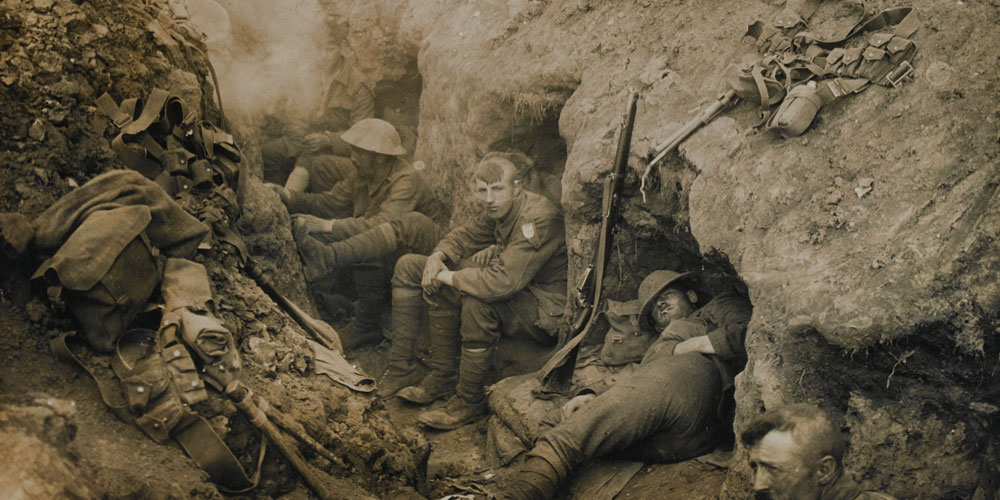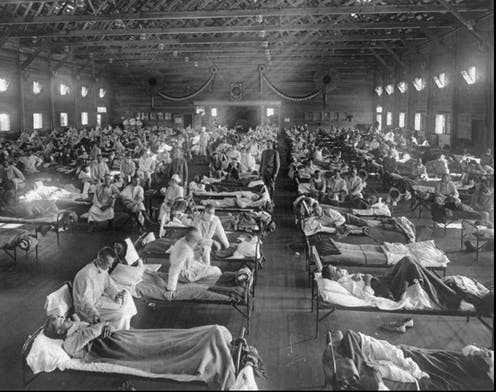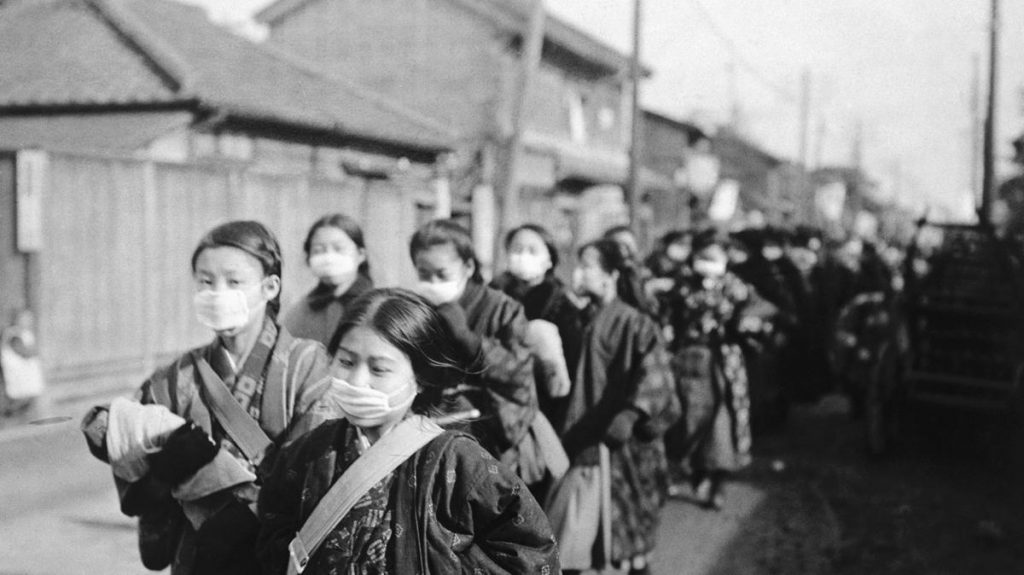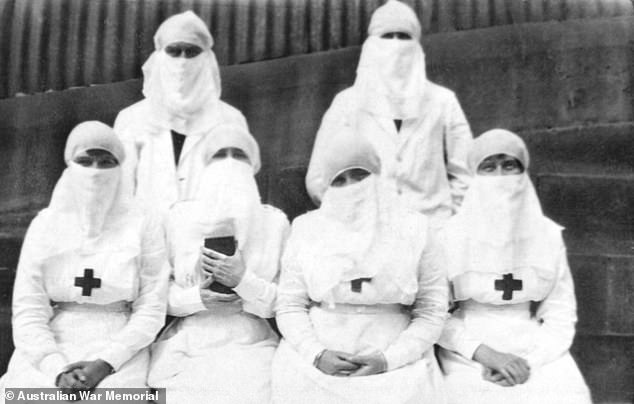The last pandemic was in 1918. It killed 50 million people
Not many people know about the Spanish influenza of 1918. That period was wrought with death on the planet as humanity saw the deadliest war in history at the time. When World War 1 ended, 1% of the world’s population was dead from fighting. But another more serious killer was upon us. It was a virus.
Every hundred years or so, a deadly virus sweeps across the globe, taking with it large portions of people. In 1918, it was H1N1.
The virus was born not surprisingly in France, at a troop staging area and hospital for men from the front line. Years of brutal trench warfare that left millions dead had ground down civilized conditions in most military camps throughout Europe.

Doctors began reporting a particularly violent strain of flu in late 1917, almost simultaneously in US military camps in Kansas and in hospitals for soldiers in France. The exact origin of the virus is unclear, but most experts hypothesize that the virus started in France and was brought back to US military camps by returning soldiers.
By 1918, the virus was in full swing. Not much was known about influenza then, or the deadliness of it’s spread. 1 sneeze or cough can send over half a million virus particles flying into the air, and it spread rapidly throughout troop lodgings.
It was ironic that just as the virus hit, soldiers from ground zero of the where the disease struck were returning home all over the world to their home countries, bringing the virus with them.
All told, 50 to 100 million people are thought to have died.


It’s only a matter of time before the next virus strikes.
See Also:



2 thoughts on “The last pandemic was in 1918. It killed 50 million people”